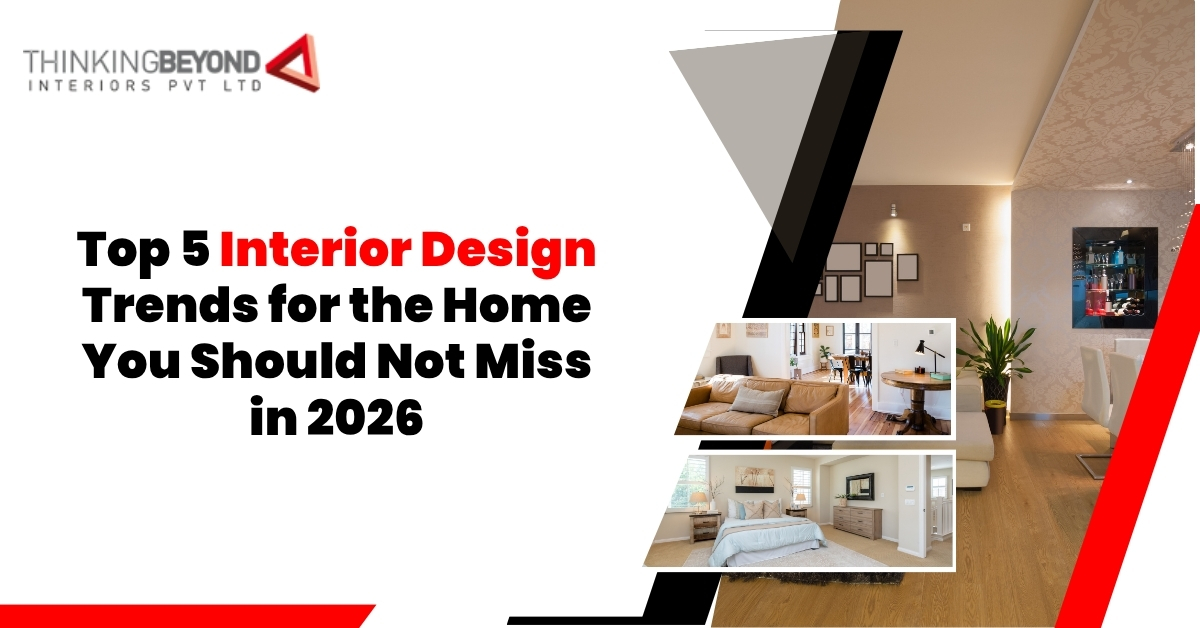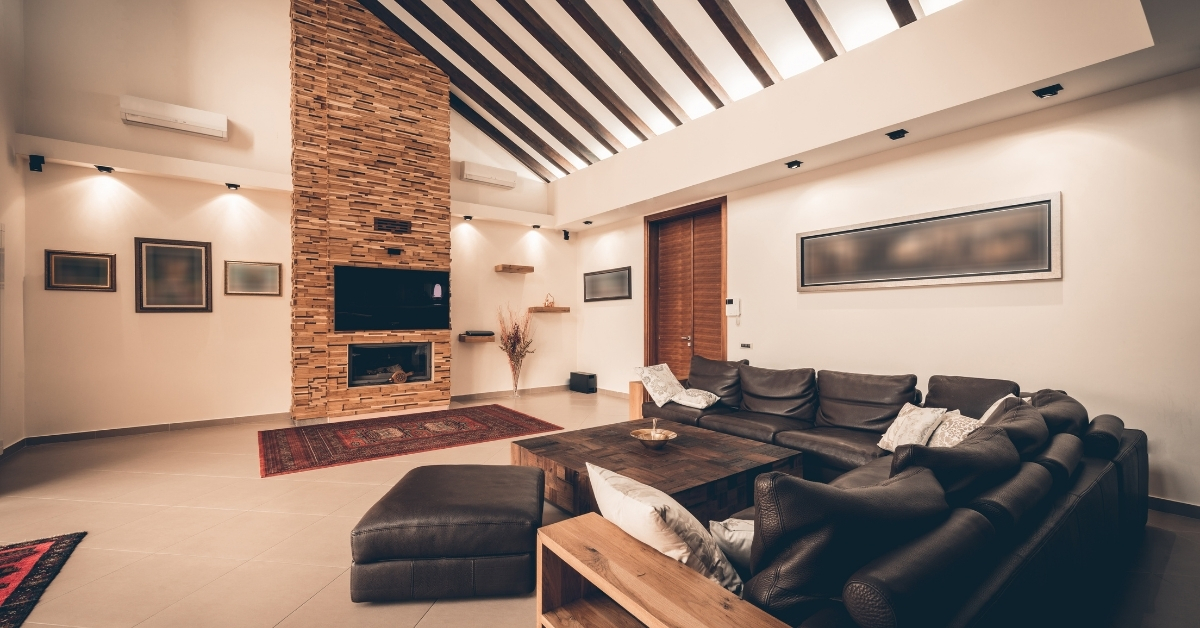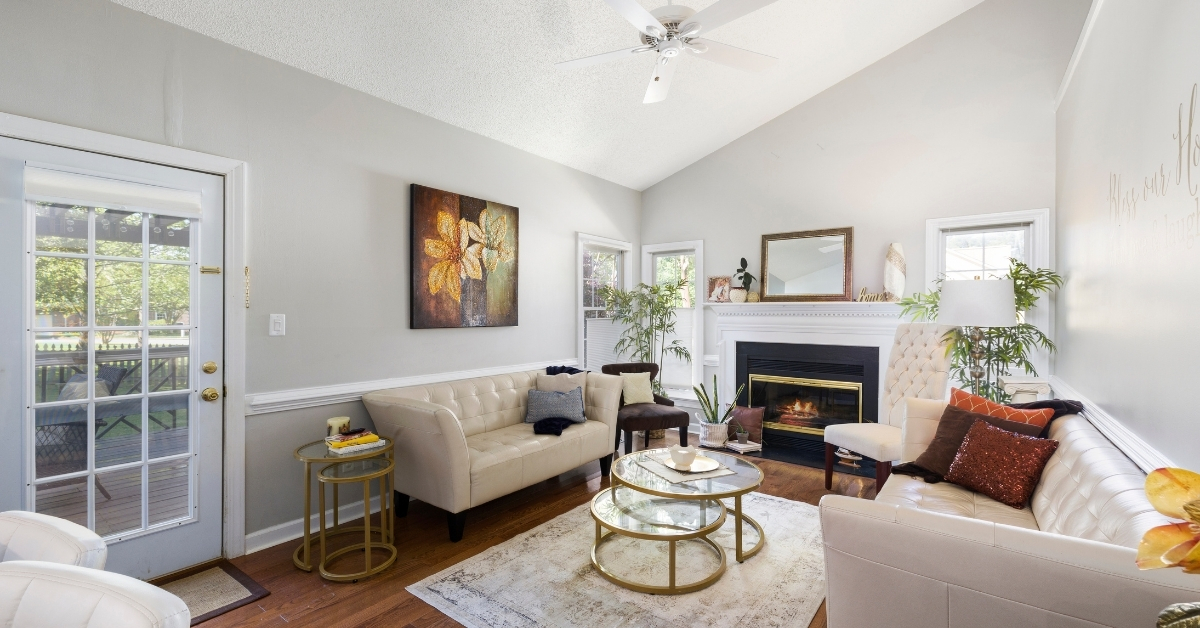
The Future of Home Interiors in 2026
As 2026 approaches, the way we design our homes continues to evolve with changing lifestyles, technology, and aesthetics. Modern homeowners are no longer just looking for stylish interiors; they are looking for functionality, comfort, and sustainability all rolled into one. From smart home integrations to earthy, nature-inspired aesthetics, interior design is becoming more personalized and purpose-driven than ever. Designers are focusing on spaces that reflect emotions, enhance well-being, and create an atmosphere of calm and connection.
1. Sustainable and Eco-Friendly Designs Take the Lead
Sustainability is no longer just a buzzword—it’s becoming a lifestyle choice. Homeowners in 2026 are expected to prioritize eco-friendly designs that minimize environmental impact while maintaining aesthetic appeal. Designers are incorporating natural materials like bamboo, cork, reclaimed wood, and jute to create interiors that feel warm and organic. Low-VOC paints, recycled fabrics, and energy-efficient lighting are also being widely adopted. Indoor plants are making a strong comeback, not only for visual appeal but also for improving air quality and reducing stress. Sustainability in design now means creating homes that breathe, live, and evolve naturally while reducing waste and conserving energy.
2. Smart Homes with Seamless Technology Integration
Technology has become the invisible design element of modern homes. In 2026, smart homes are not just about gadgets but about creating intelligent environments that adapt to human needs. From voice-controlled lighting and climate systems to AI-driven design layouts that learn user habits, technology is revolutionizing interiors. Homeowners are investing in automated curtains, security systems, and appliances that enhance daily living with convenience and efficiency. Designers are now working closely with tech experts to ensure these integrations remain subtle and aesthetically pleasing, blending seamlessly into the overall design rather than standing out as separate entities.

3. Biophilic Design – Bringing Nature Indoors
Biophilic design, which connects interior spaces with nature, continues to dominate in 2026. This approach is based on the idea that humans have an innate connection with nature, and integrating it into home interiors promotes health, productivity, and happiness. Designers are emphasizing open layouts, natural light, green walls, and organic materials to bring outdoor serenity indoors. Large windows, skylights, and earthy textures are replacing heavy furnishings and dark colors. The color palette is shifting toward greens, browns, and neutral tones, creating an atmosphere of calm and relaxation. Whether it’s a vertical garden in the living room or a mini herb corner in the kitchen, the trend is about making nature an active participant in your home.
4. Minimalism with a Touch of Warmth
Minimalism has been a long-standing trend, but 2026 is seeing a more evolved version of it—minimalism infused with warmth. Instead of cold, sterile spaces, designers are moving toward “soft minimalism” where simplicity meets comfort. Think clean lines, neutral colors, and clutter-free layouts balanced with cozy fabrics, layered textures, and soft lighting. This trend embraces the “less is more” philosophy while ensuring spaces still feel inviting and personal. It’s about finding beauty in simplicity, where every piece of furniture and decor serves a purpose. The emphasis is on mindful consumption—buying fewer but better-quality pieces that last longer and tell a story.
5. Personalized and Multi-Functional Spaces
With remote work and hybrid lifestyles becoming the norm, multi-functional spaces are emerging as one of the biggest interior trends in 2026. Homes are no longer designed for one purpose; they need to adapt to various needs throughout the day. Designers are creating flexible layouts that allow a living room to turn into a workspace or a bedroom to double as a reading corner. Foldable furniture, modular storage, and movable partitions are becoming essentials. Personalization is also key—people want their homes to reflect their personalities, not just trends. Custom wall art, curated furniture, and bespoke lighting are helping homeowners create spaces that truly feel like their own.
Designing for Comfort and Connection
Beyond aesthetics, interior design in 2026 is centered on emotional comfort and connection. After years of living through fast-paced and uncertain times, people are yearning for spaces that offer warmth, familiarity, and a sense of grounding. Soft lighting, tactile fabrics, and calming color schemes are being used to create interiors that feel like sanctuaries. Designers are blending traditional craftsmanship with modern innovation, ensuring that homes feel both timeless and contemporary. The focus is on building spaces where people can unwind, reflect, and feel at peace.

The Role of Color in 2026 Interiors
Color trends in 2026 are shifting away from stark whites and grays to richer, more grounded tones. Earthy neutrals like terracotta, olive, sand, and taupe are becoming popular, creating an organic and harmonious feel. Accents of deep blues, emerald greens, and burnt oranges are being used to add personality without overwhelming the senses. Designers are emphasizing the psychological effect of colors—soft hues to calm the mind and bold tones to spark creativity. Layering tones of the same color family is also becoming a trend, adding depth and character without visual clutter.
The Rise of Local and Handcrafted Design Elements
A significant shift in 2026 is the return to local craftsmanship. Homeowners are increasingly valuing authenticity and heritage in design. Artisanal furniture, handmade ceramics, woven rugs, and traditional artworks are finding their place in modern homes. Designers are collaborating with local artisans to blend traditional artistry with contemporary aesthetics. This not only supports local communities but also gives interiors a unique, personalized touch. Homes now tell stories—not just of the people who live in them, but also of the hands that created the pieces within.
Conclusion
The year 2026 promises to be a turning point for interior design, where sustainability, technology, and personalization come together to redefine modern living. Homes are transforming into smart, soulful, and functional spaces that support well-being and creativity. Whether you’re planning a small renovation or a complete redesign, understanding these emerging trends will help you make thoughtful design choices that stand the test of time if you’re looking to bring these concepts to life in your home, Thinking Beyond Pvt. Limited can help you create interiors that are not only visually stunning but also meaningful and sustainable. Their expertise in modern design, space optimization, and detail-oriented execution ensures your home becomes a reflection of your lifestyle and aspirations.